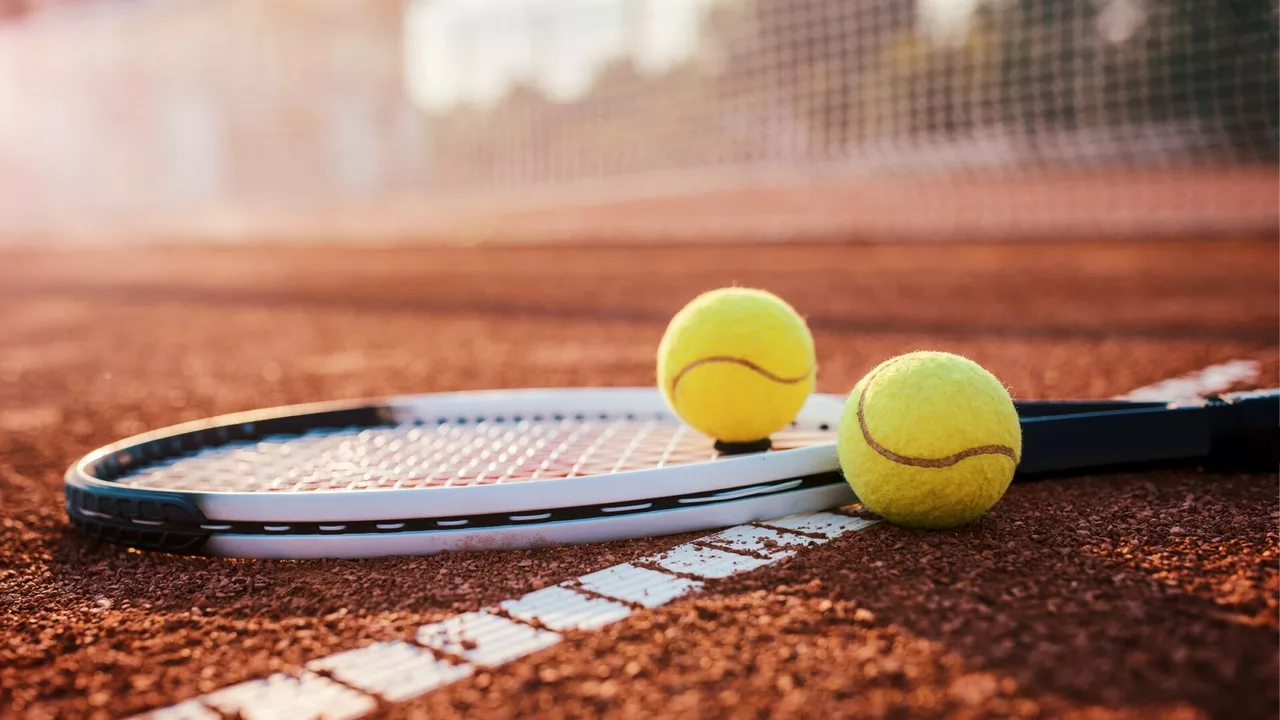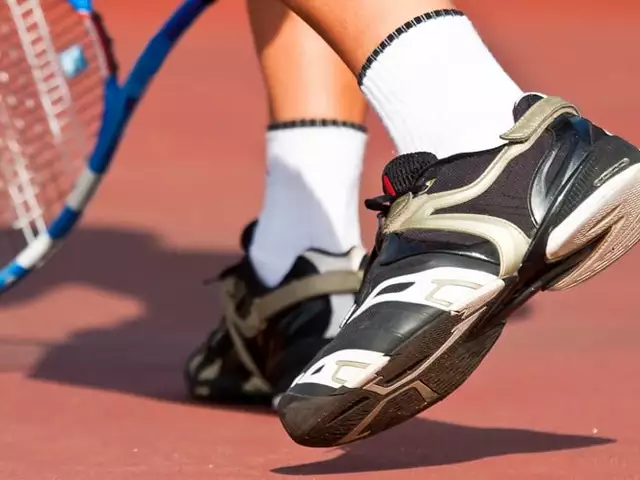Introduction to Tennis Balls
As a passionate tennis player, I've often found myself drawn to the various types of equipment that can enhance your game. One such essential piece is the tennis ball. It might seem like a simple spherical object at first glance, but it's much more than that. Understanding the different types of tennis balls can be pivotal in improving your skills and gameplay. In this article, we will delve into the two main types of tennis balls used in the sport and explore their distinctive characteristics.
Unveiling the Pressurized Tennis Ball
The first type of tennis ball we'll discuss is the pressurized tennis ball. These balls are filled with air or nitrogen under pressure. When you first crack open a can of pressurized balls, you'll notice a 'pop' sound. This is because the internal pressure is typically greater than the atmospheric pressure. Pressurized balls are loved for their bounce and speed, which give players a more dynamic and exciting gameplay experience. However, they tend to lose their bounce after a few weeks, making them less durable than their pressureless counterparts.
Exploring the Pressureless Tennis Ball
The second type of tennis ball is the pressureless ball. Unlike the pressurized balls, these balls do not contain any gas. They are typically heavier and harder, with a less lively bounce. However, they are known for their durability and consistency. Pressureless balls are ideal for training and practice sessions, especially for beginners, as they provide a consistent feel and bounce over time. They might start off less bouncy, but as their outer fabric cover wears down, they actually become bouncier.
Comparing Pressurized and Pressureless Tennis Balls
Both types of tennis balls have their own unique advantages and disadvantages. Pressurized balls offer a high bounce and speed that can make your game more exciting and challenging. However, their bounce tends to fade over time, requiring regular replacement. On the other hand, pressureless balls are long-lasting and provide a consistent bounce, making them perfect for practice. They may not offer the same level of speed and bounce as pressurized balls, but their durability makes them a cost-effective option for many players.
Choosing the Right Tennis Ball for Your Game
Choosing the right tennis ball largely depends on your skill level, playing style, and personal preferences. If you're a beginner or someone who practices a lot, pressureless balls might be the better option for you due to their durability and consistent bounce. However, if you're an advanced player who values speed and bounce in your matches, pressurized balls could be the right choice. It's also worth mentioning that most professional tournaments use pressurized balls.
Conclusion: Understanding Your Tennis Ball
In conclusion, understanding the differences between pressurized and pressureless tennis balls can greatly enhance your game. While the type of ball you choose ultimately depends on your individual needs and preferences, being aware of the strengths and weaknesses of each can help you make an informed decision. Remember, the more you know about your equipment, the better you can adapt and excel in your game. Happy playing!



